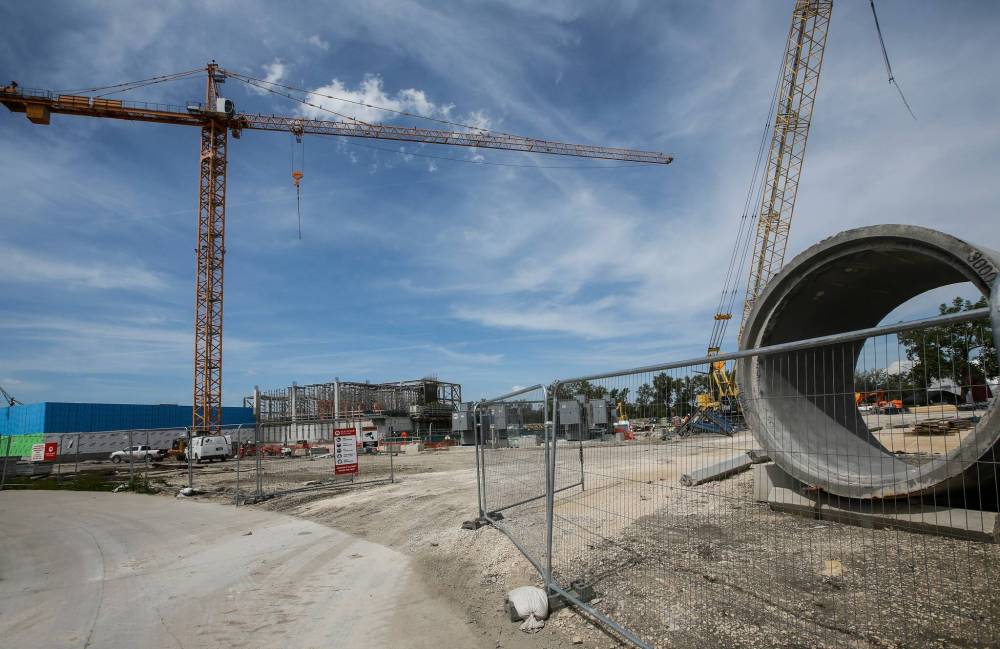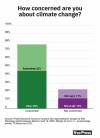Roadmap calls for millions in new spending to reduce greenhouse-gas emissions from city-owned buildings
Advertisement
Read this article for free:
or
Already have an account? Log in here »
To continue reading, please subscribe:
Monthly Digital Subscription
$0 for the first 4 weeks*
- Enjoy unlimited reading on winnipegfreepress.com
- Read the E-Edition, our digital replica newspaper
- Access News Break, our award-winning app
- Play interactive puzzles
*No charge for 4 weeks then price increases to the regular rate of $19.00 plus GST every four weeks. Offer available to new and qualified returning subscribers only. Cancel any time.
Monthly Digital Subscription
$4.75/week*
- Enjoy unlimited reading on winnipegfreepress.com
- Read the E-Edition, our digital replica newspaper
- Access News Break, our award-winning app
- Play interactive puzzles
*Billed as $19 plus GST every four weeks. Cancel any time.
To continue reading, please subscribe:
Add Free Press access to your Brandon Sun subscription for only an additional
$1 for the first 4 weeks*
*Your next subscription payment will increase by $1.00 and you will be charged $16.99 plus GST for four weeks. After four weeks, your payment will increase to $23.99 plus GST every four weeks.
Read unlimited articles for free today:
or
Already have an account? Log in here »
Hey there, time traveller!
This article was published 08/04/2025 (212 days ago), so information in it may no longer be current.
A new strategy aims to ensure city-owned buildings produce net-zero greenhouse-gas emissions by 2050 and calls for tens of millions of dollars in new spending on initial steps toward the goal.
If council approves, the Building Emissions Reduction Strategy will become the city’s roadmap to lowering greenhouse-gas emissions in its buildings.
A city report states it would cost nearly $6.2 million to make initial planning, monitoring and efficiency changes, including $2.5 million to install building management systems that allow heating and lighting schedules to reduce waste.
The boiler system at Winnipeg Police Service headquarters has not been updated.Another $35.8 million of specific building retrofits is recommended by 2030, which could cost $39.3 million with interest.
Additional steps and costs would be expected to actually reach the 2050 goal, said Melanie Chatfield, the city’s energy analyst.
“I would say that anything is possible, however we would need the budget to do it,” said Chatfield.
The proposal to retrofit specific buildings includes $8 million to update the Winnipeg Police Service headquarters, $8 million for the city hall complex and $5 million for the North End sewage treatment plant.
When the police department moved into its significantly over-budget renovated downtown building in 2016, the boiler system had not been updated, while the North End sewage treatment plant’s ongoing $3-billion upgrade won’t cover energy-efficiency enhancements for the oldest buildings in that complex, said Chatfield.
“For the specific building retrofits, we’ve chosen projects that we know will have to be completed in the near future anyway due to reaching the end of the life cycle, so we just want to make sure that those projects are completed with lowering the energy and carbon emissions,” she said.
Key retrofits would upgrade heating, ventilation and air conditioning systems, lighting and/or insulation, which could include a switch to greener power supplies, the report notes.
If all the recommended work is done, the city could save about $934,746 per year in utility costs, the report notes.
The North End sewage treatment plant’s ongoing $3-billion upgrade won’t cover energy-efficiency enhancements for the oldest buildings in that complex.Chatfield noted that actual savings are becoming more difficult to calculate, due to the federal removal of carbon taxes and a recent Manitoba Hydro proposal to raise electricity rates by 11 per cent over the next three years.
“With the disappearance of carbon tax, it definitely does weaken the overall business case (for energy retrofits). However, it’s really important to remember that all of these projects that we put together for this report, they need equipment updates anyway. Money will have to be spent. Let’s spend a little bit more money and just make it as energy efficient as possible,” she said.
Coun. Ross Eadie, chairman of council’s environment committee, said concentrating on the oldest buildings first should achieve substantial emission reductions.
And once major projects such as the $3-billion sewage treatment plant upgrade proceed, the city should have more room in its budget to pay for this strategy, said Eadie (Mynarski).
“Most of our big-ticket items, hopefully, will likely be paid off as we move closer towards 2050 (and then) we can concentrate more on our (emission) reductions,” he said.
The city report calls for council to refer funding for the strategy to its 2026 budget process, with $2.2 million in capital spending and $1.2 million in operating dollars that year.
“The reality is we know we have to do this and I think it’s a good start,” said Eadie.
An environmental coalition welcomed the strategy.
“It’s great to see that the city is moving forward, thinking about how to reduce emissions from city-owned buildings, such as through retrofits and electrification.”– Laura Cameron, director of programs and strategy with Manitoba’s Climate Action Team
“It’s great to see that the city is moving forward, thinking about how to reduce emissions from city-owned buildings, such as through retrofits and electrification,” said Laura Cameron, director of programs and strategy with Manitoba’s Climate Action Team.
Cameron said adding interim emission-reduction targets would help keep the city on track toward the 2050 target, while initial steps must be supported in budgets as soon as possible.
Coun. Brian Mayes said the 2050 target won’t be reached unless council finds that funding.
“We, as council, have passed some pretty grandiose plans that will cost a lot, and we clearly are not going to meet that target. At least this (initial strategy) would be something,” said Mayes (St. Vital).
In 2022, city-owned buildings accounted for 34 per cent of total energy use in Winnipeg and contributed 21 per cent of Winnipeg’s greenhouse-gas emissions, according to the report.
joyanne.pursaga@freepress.mb.ca
X: @joyanne_pursaga

Joyanne is city hall reporter for the Winnipeg Free Press. A reporter since 2004, she began covering politics exclusively in 2012, writing on city hall and the Manitoba Legislature for the Winnipeg Sun before joining the Free Press in early 2020. Read more about Joyanne.
Every piece of reporting Joyanne produces is reviewed by an editing team before it is posted online or published in print — part of the Free Press‘s tradition, since 1872, of producing reliable independent journalism. Read more about Free Press’s history and mandate, and learn how our newsroom operates.
Our newsroom depends on a growing audience of readers to power our journalism. If you are not a paid reader, please consider becoming a subscriber.
Our newsroom depends on its audience of readers to power our journalism. Thank you for your support.














